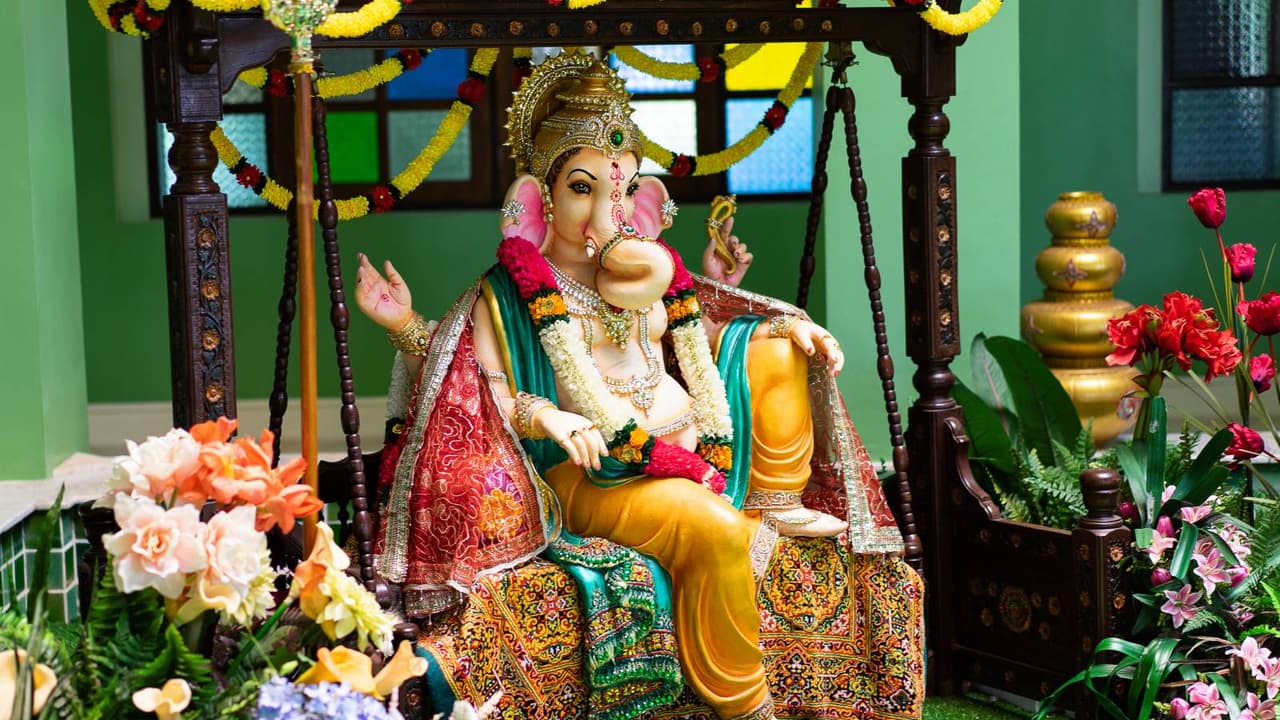Ganesh Chaturthi is not just a festival of devotion but also a celebration rooted in history and unity. From its beginnings under Chhatrapati Shivaji Maharaj to Lokmanya Tilak’s transformation into a public movement.
The festival of Ganesh Chaturthi, one of the most beloved celebrations the world over, is more than just a spiritual occasion; it is also a festival charged with centuries of history, patriotism, and cultural unity. The Maratha rule during Chhatrapati Shivaji Maharaj’s time probably saw the festival from a private ritual to the grandeur of public celebration under the nationalistic movement led by Lokmanya Tilak.
History of Ganesh Chaturthi From Shivaji Maharaj
The earliest records of the celebration of Ganesh Chaturthi are from the 17th century during Chhatrapati Shivaji Maharaj’s reign. A true devotee of Lord Ganesha, Shivaji promoted Ganesh worship as a means of uniting his people and forging a cultural identity under Hindu traditions. Ganesh Chaturthi during his reign involved rituals, music, and performances, both in the royal household and among the masses. It became a symbol of Maharashtrian pride, bolstering community ties during the period of political consolidation.
Decline Under The Peshwas
The period of development under the Peshwa rulers was long, and although Ganesh worship continued, the celebrations faded into relative silence. To put it rather harshly, people abandoned the public grandeur which had characterized Ganesh celebrations, confining the entire affair within the walls of homes or local temples. The silence lasted for almost another two centuries before being revived nearly in another form altogether, coincident with the movement for India’s independence.
Lokmanya Tilak’s Transformation
In 1893, thus came the pivotal moment in the history of Ganesh Chaturthi when the freedom fighter and social reformer Bal Gangadhar Tilak (Lokmanya Tilak) reinvented the festival. The British colonial government had prohibited political gatherings throughout India, seeing them as a threat to national unity. Recognizing the same opportunity, he made Ganesh Chaturthi a public celebration.
Tilak’s conception was radical. Giant pandals (publicly decorated stages) were constructed for this purpose, idols of Lord Ganesha were placed there, and the communities joined in prayer, cultural programs, and discourses. These celebrations took on an added significance: they became the pulpit for voicing nationalistic ideas and brought together Hindus in solidarity across divides of caste and class.
Symbol of Unity and Resistance
With these efforts, Ganesh Chaturthi became, in Tilak’s hands, not a religious festival any longer, but a social and political movement. It gave the opportunity for people then to safely express their patriotic feelings under the preservation of a cultural heritage. This spirit of the festival unites the masses and creates collective consciousness against British rule, thus providing a focal point for India’s independence movement.
Ganesh Chaturthi Today
What started as a regional tradition under Shivaji Maharaj and politicized under Tilak subsequently burgeoned into a celebration with pan-Indian character. The iconic Lalbaugcha Raja in Mumbai represents the festival as celebrated among numerous community pandals not just in India, but internationally. While at the heart of it is a devotion to Lord Ganesh, its historical journey tells a tale of unity, resilience, and pride in culture.
The history of Ganesh Chaturthi describes how, from a religious celebration, it morphed into a cultural movement, subsequently taking on the mantle of a national festival. Laid by Shivaji Maharaj in Maharashtra, its renaissance is attributed to Lokmanya Tilak, who not only liberated it from the fate of relegation into the religion he had conferred upon it with a political connotation. Today, Ganesh Chaturthi serves as a reminder of faith, freedom, and community power.
